2024
Hystérie: Against Architectures of Confinement
Excavating the Human Condition
This is a powerful and personal show that examines how French neurologist Jean Martin Charcot's staged theatre for observing hysteria in the 19th century influenced negative stereotypes of women well into modern day. I think it's an important time to be evaluating how women in places of power are perceived, and how we respect the role of the feminine in changing power dynamics toward more inclusivity of our very diverse world. This body of work provides visual reflection on "hysteria" as a form of social control and as a traumatic bodily response to systemic harm. It considers paths of healing and transformation inherent in the rewilding of not only our bodies, our associations with one another, but the land we occupy. The paintings contain my own form of sublimated rage in response to "hysteria" and a practice of how the feminine becomes part of the balance towards inclusivity and wholeness.
- America’s Magazine, Interview
What is most compelling in Jennifer Leigh Harrison’s practice is her exploration of survival and failure, themes that resonate through her art as recurring motifs. This is particularly evident in works like Housing a Tornado (48 x 72) and Arc-de-Cercle, Vanishing (48 x 60), where her textures and forms suggest both the tumultuousness of human experience and the precariousness of endurance. These works exude an almost archaeological feel, as if the viewer is looking through layers of time, uncovering remnants of past experiences buried beneath a thin veil of the present. The tactility of her work draws one in—begging to be touched, to be felt in its raw physicality. In this sense, her work connects to the tactile explorations of Eva Hesse, whose sculptures also confront the fragility of the body, though Harrison's work remains anchored in painting.
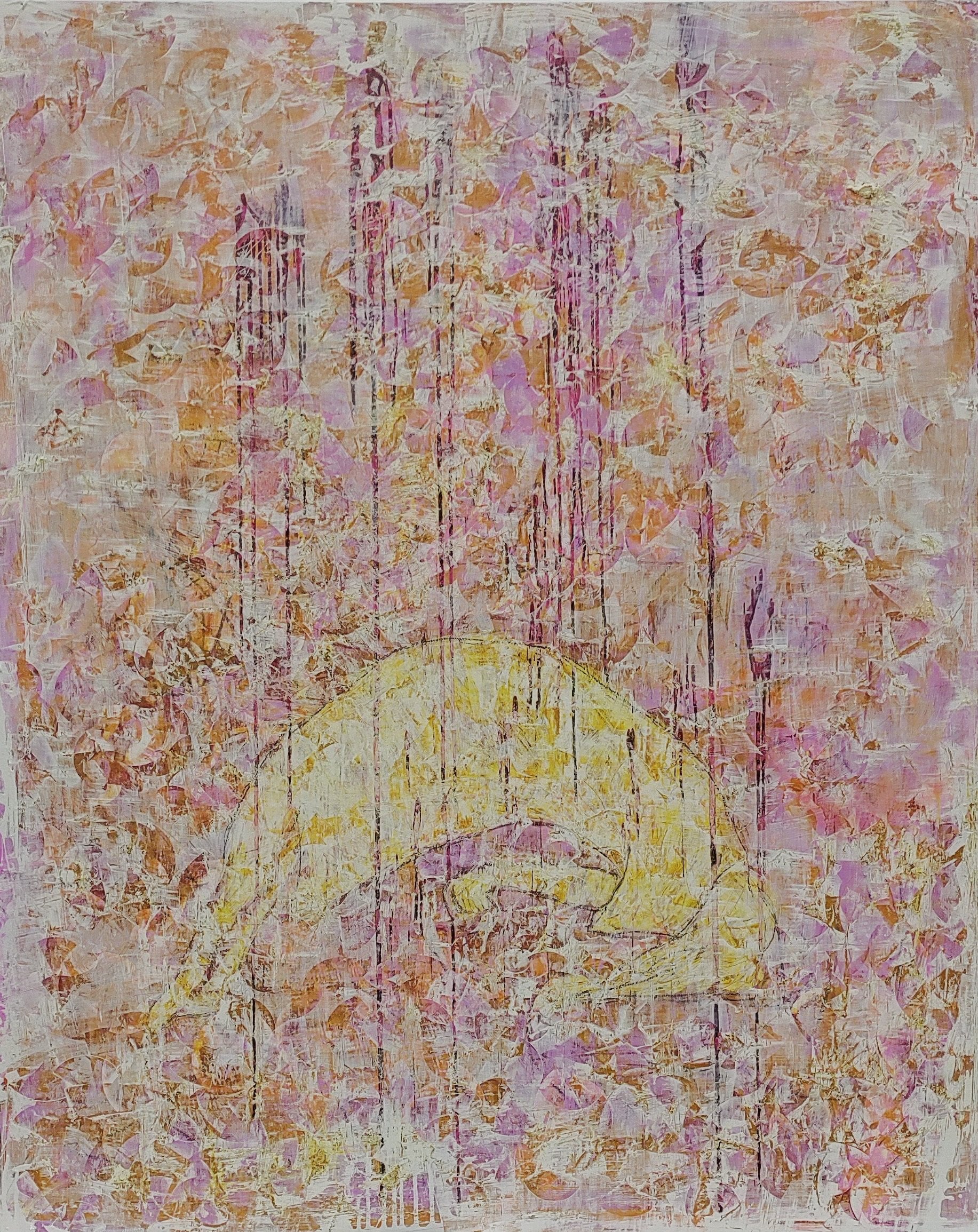
Arc-de-Cercle, Vanishing/ 48 x 60
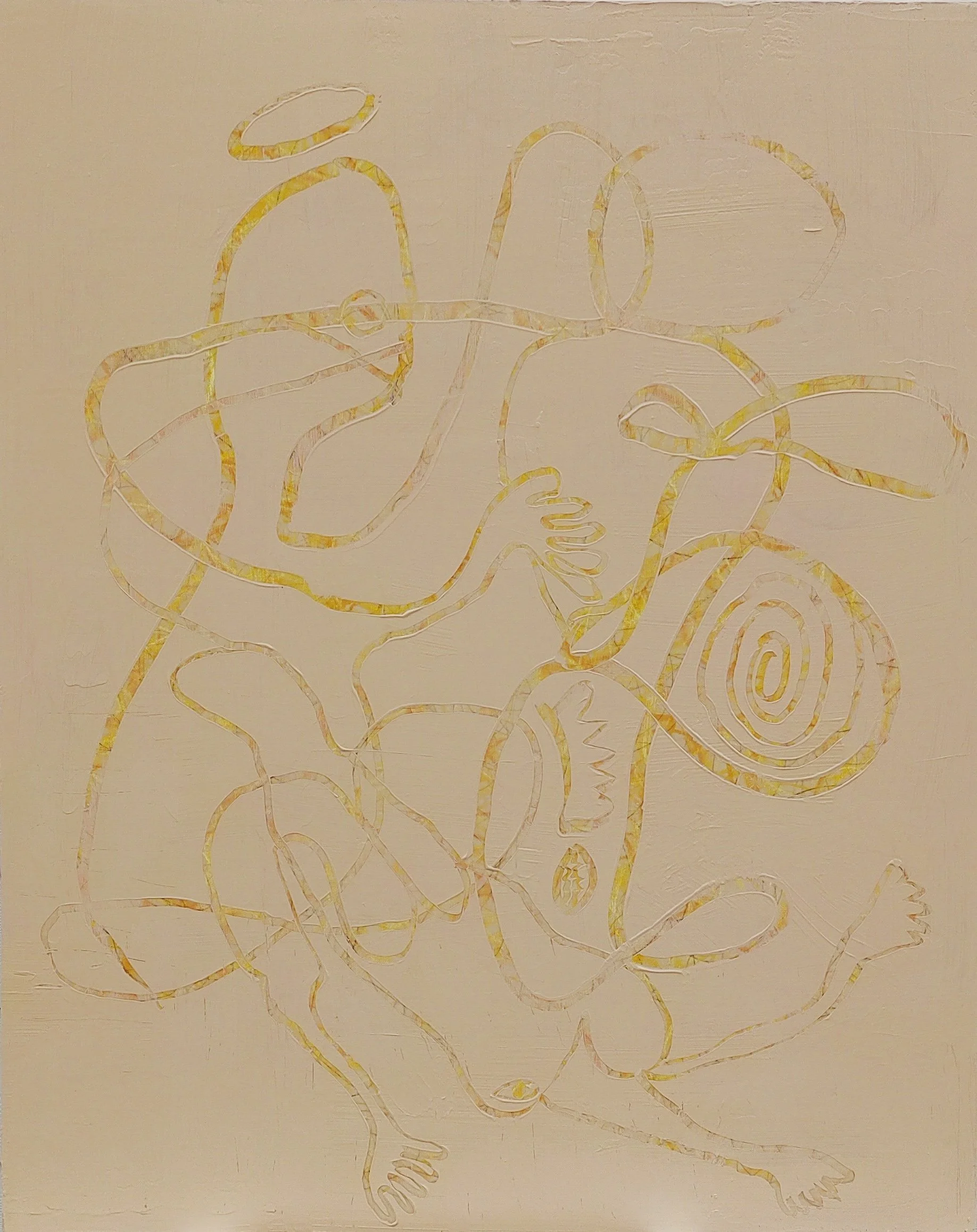
Beginning & Ending/ 48 x 60

Notes On Hysteria/ 48 x 60

The Rest Cure/ 48 x 60
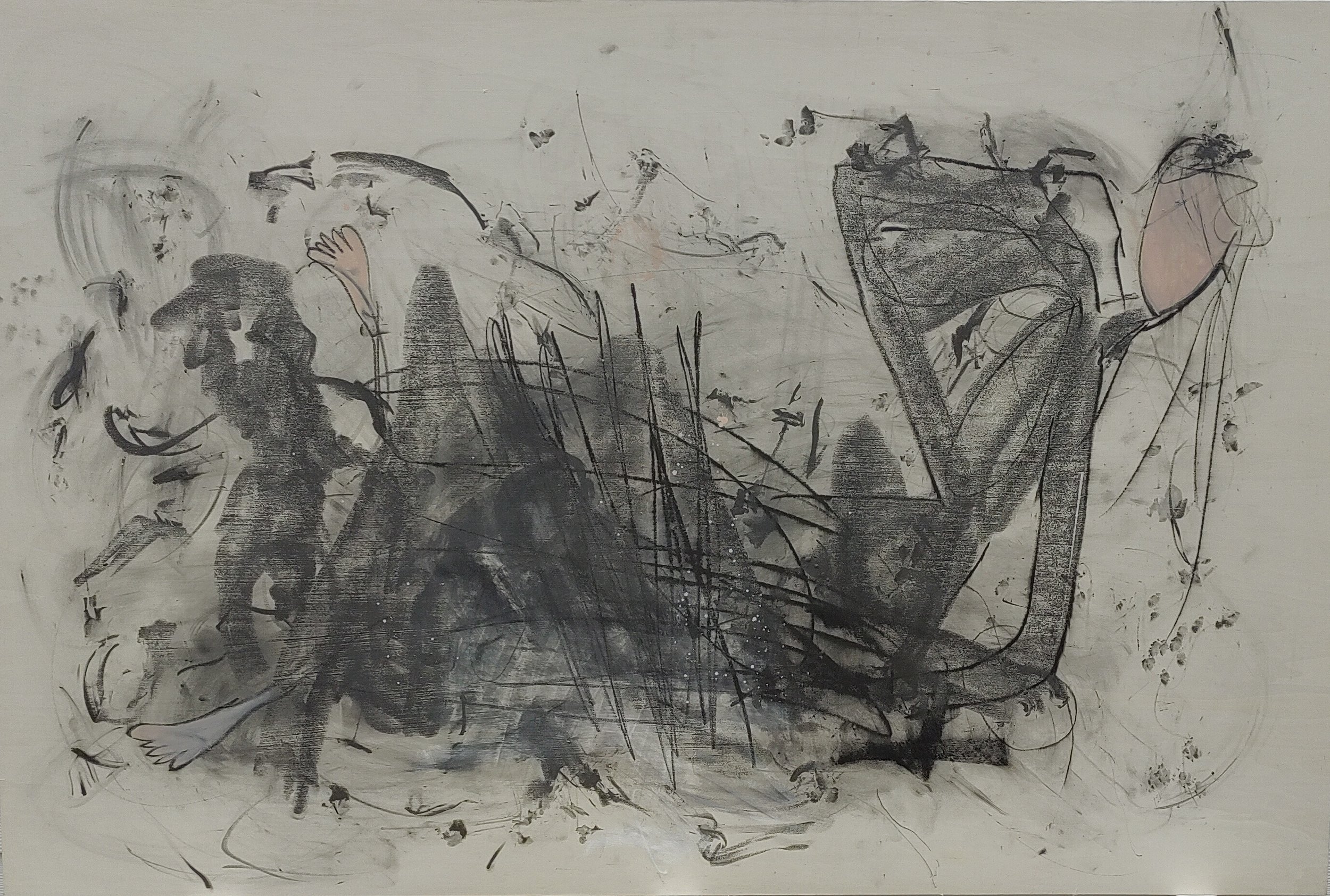
Identity/ 72 x 48
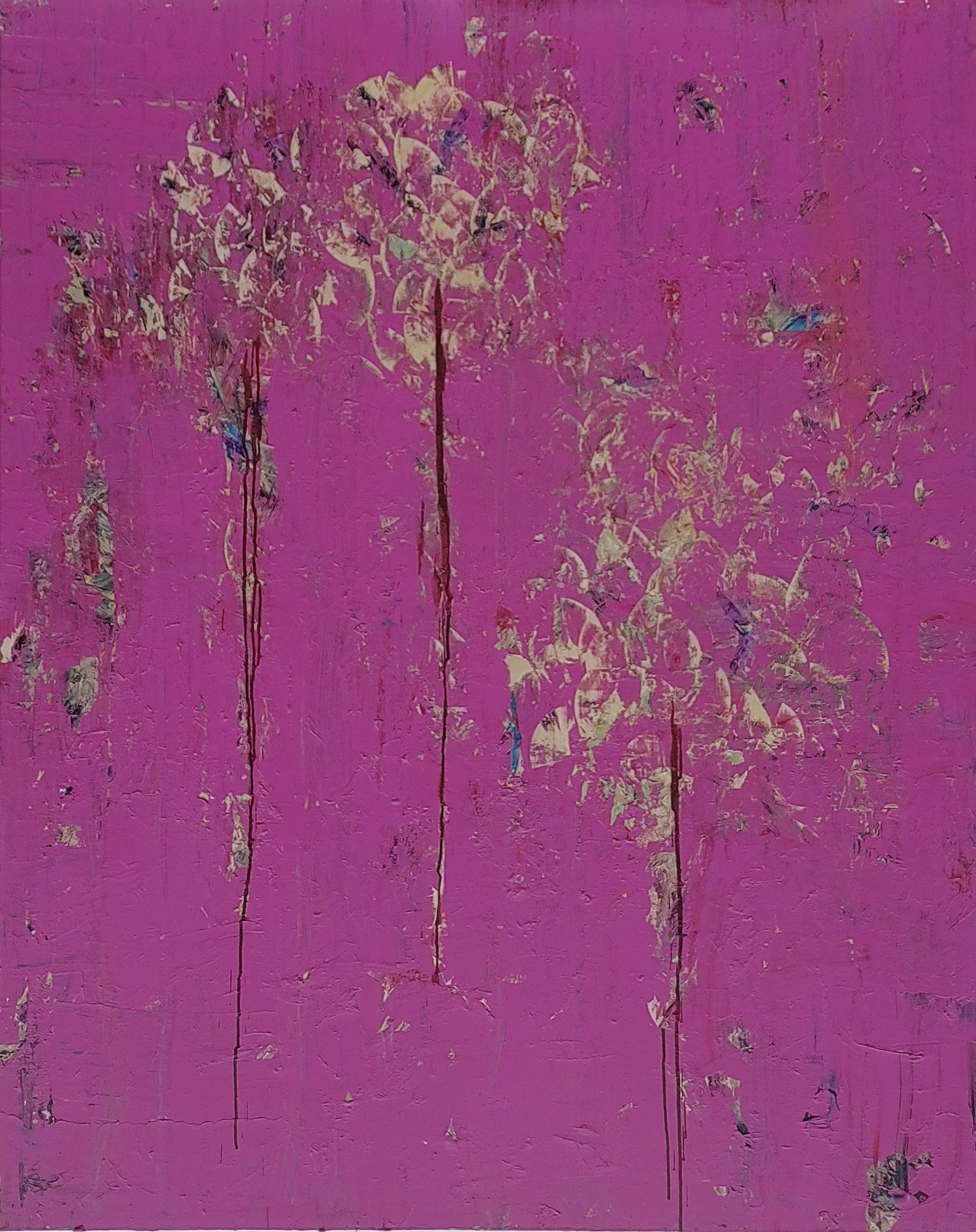
Implosion/ 48 x 60
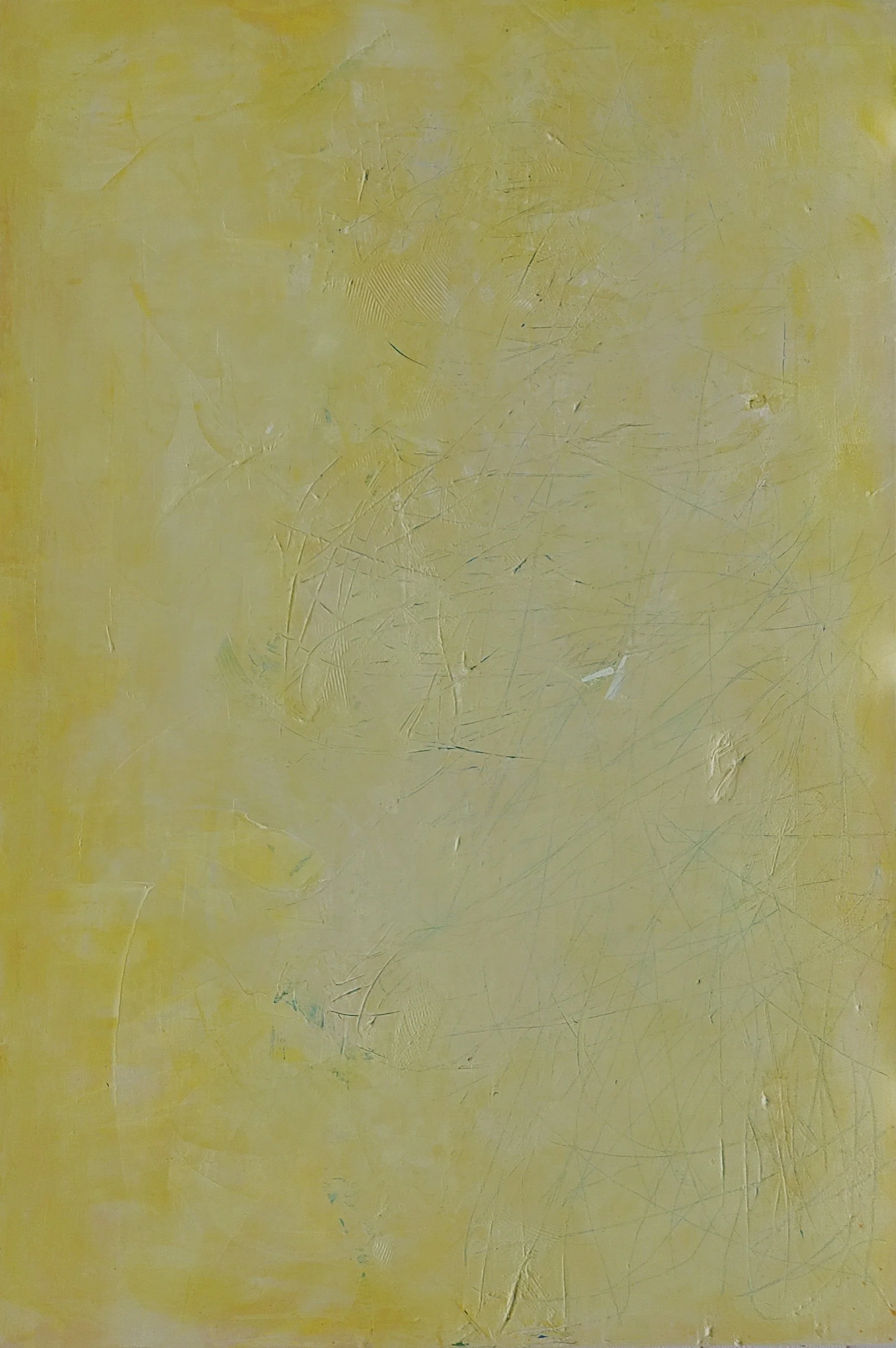
Electric Fence, Paper Fence/ 48 x 72

Housing A Tornado/ 48 x 72